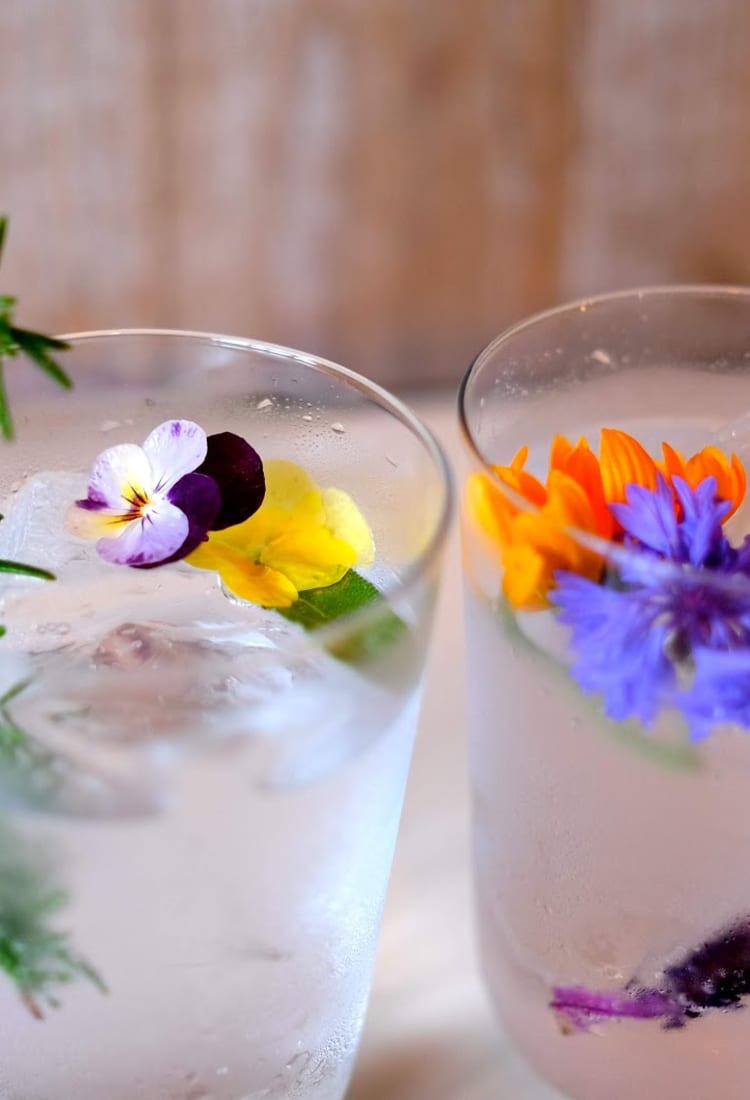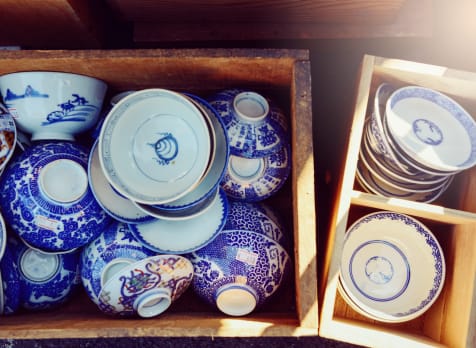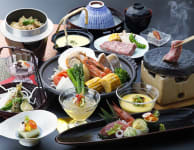After conquering the whisky world, Japan has its eyes on the craft gin scene.
While Japan's sake culture is robust, it is in no way the only tipple in town. Since Yamazaki was awarded World's Best Whiskey in 2015, Japanese whisky has become the spirit for the world's more discerning drinkers. Never one to miss a culinary fad, Japan has launched itself into the world of craft gin. In 2016 a small distillery in Kyoto debuted Japan's first artisanal gin. Heavy-hitters like Suntory and Nikka followed with their own craft gins. Armed with an array of Japanese botanicals, Japanese gin is poised to be the next global spirits phenomenon.
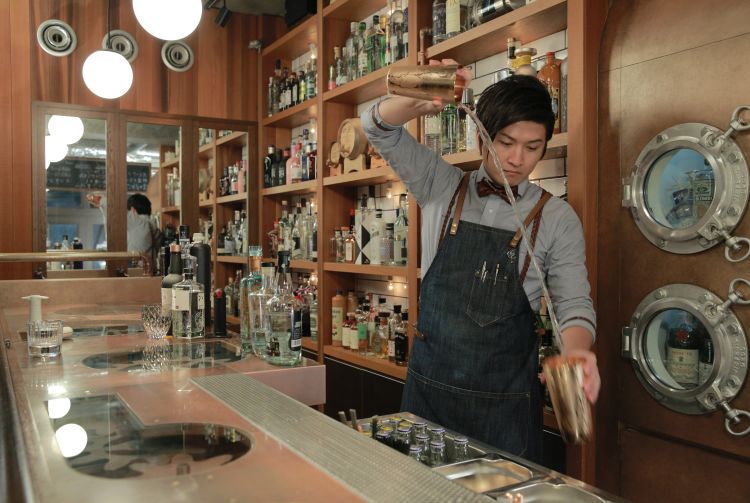
Bar Juniper specializes in gin and cocktails with a local flavor
Japan has a deep and ancient culinary tradition
No culinary tradition would be complete without a little something to wash it down. In the city of Kyoto, Japan's ground zero for all things traditional, you can wander from sake brewery to sake brewery in the Fushimi Sake district and dine at some of Japan's most elegant restaurants. Bars like Kyoto's Nokishita711 are leading the way, with a selection of Japanese craft gins.
It is no wonder then that Kyoto was the birthplace of Japan's craft gin scene. The Kyoto Distillery launched Kinobi Kyoto Dry Gin in 2016, making it the first domestically produced artisanal gin. Since 2016 the number of distilleries has grown and not just in Kyoto. Craft gin distilleries have opened in Okinawa, Osaka, Sendai, Miyazaki and most recently Hiroshima. These gins have become so popular that gin bars have opened in Tokyo's Golden Gai neighborhood, Good Meals Shop near Tokyo's Futako-Tamagawa stocks numerous local gins and there are multiple gin bars in Kitashinchi, the late night party area of Osaka .
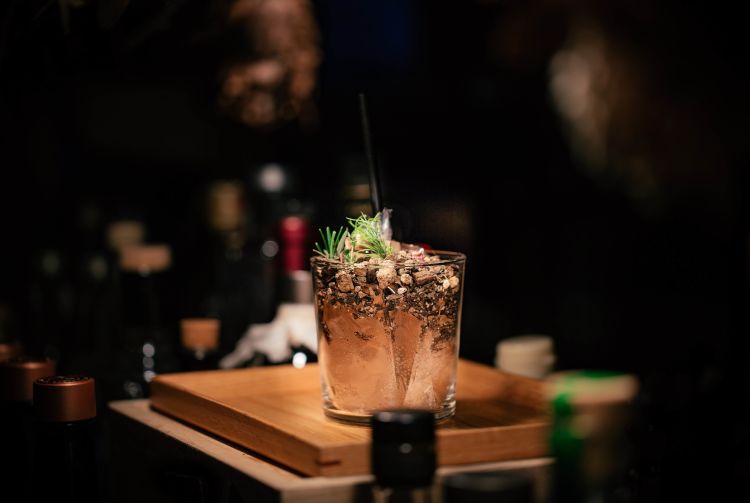
Japan's craft gin scene began in Kyoto
Gin is one of the broadest categories of spirits
The most predominant flavor in gin comes from juniper berries. Gin does not have a set origin, nor do its flavors and botanicals need to be combined in a specific amount in order for it to be called gin. This status is quite unlike bourbon, which must be made in the United States and must include 51% corn. Gin is free to travel the world and soak up whatever local botanicals are available and still retain the name gin. Aside from juniper berries, common botanicals found in gin are lemon peels, coriander seed and angelica root, which adds a piney flavor. What makes and distinguishes a gin are the various botanicals included. Japan, with its four distinct seasons and highly varied microclimates, is ripe for gin production. Japanese gin botanicals create a unique aromatic signature with cherry blossoms, yuzu peel, sansho pepper and green tea. Gins produced in the southern tropical regions of Okinawa combine the woodsy flavor of juniper with local fruits like shikuwasa and kabosu. Craft gin distilleries in Hiroshima , long famous for its shellfish, have produced gins infused with oyster shells, an entirely new style of gin to pair with seafood. Gin as a spirit is a blank canvas that Japanese distilleries are making their mark upon and they show no signs of slowing down.
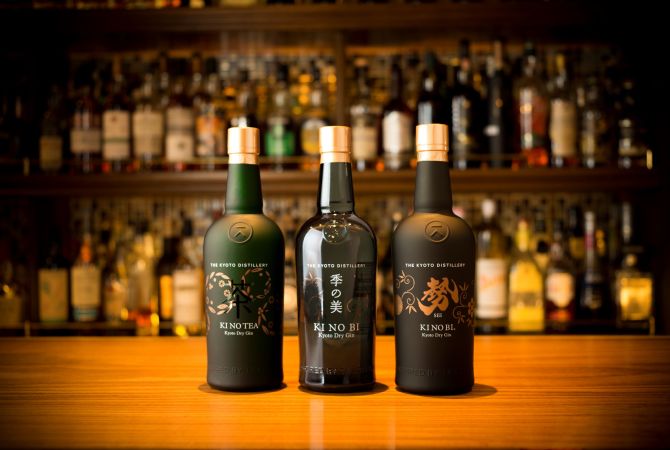
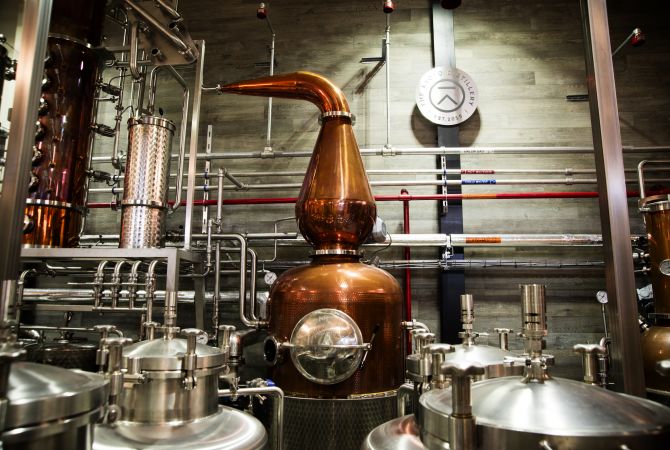
Artisanal gins are cropping up throughout Japan
Artisanal gin in Japan
The Kyoto Distillery claimed the title of Japan's first artisanal gin makers with Kinobi Kyoto Dry Gin in 2016. Kinobi, which means “the beauty of the seasons” is in the London Dry Gin style. It combines rice spirit with Japanese cypress, gyokuro tea, and sansho, Japanese peppercorn. Yuzu Gin, created by Kyoya Distillery in Miyazaki, uses a base of shochu potatoes with ginger, sansho and a heavy dose of yuzu .

Roku draws on local botanicals for its distinctive flavor
Since 2016, several other distilleries and even global spirits giants like Suntory and Nikka have joined the fun. Suntory released Roku from its spirits plant in Osaka. Roku, which means six in Japanese, is a reference to the six Japanese botanicals used in its gin. It has a healthy dose of sansho pepper, giving this gin its slight spicy notes. Nikka Coffey Gin relies heavily on yuzu, lemon peels and other Japanese fruits to deliver an intense, citrusy gin. Its name comes from the Coffey stills, used in making whiskey, located at the company's Miyagikyo Distillery.

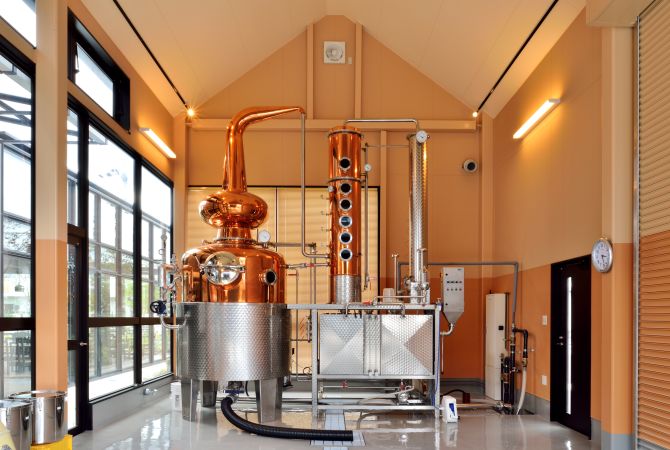
Miyashita sake brewery
The craft gin boom did not go unnoticed by the Miyashita Sake Brewery in Okayama. The sake brewery created its take on gin which uses a shochu base combined with ten Japanese botanicals including peaches and grapes for a sweet finish. The oak barrel-aged gin has an amber hue and smoky aroma.
All information is correct as of March 2019.
The latest information may differ, so please check the official website





















































